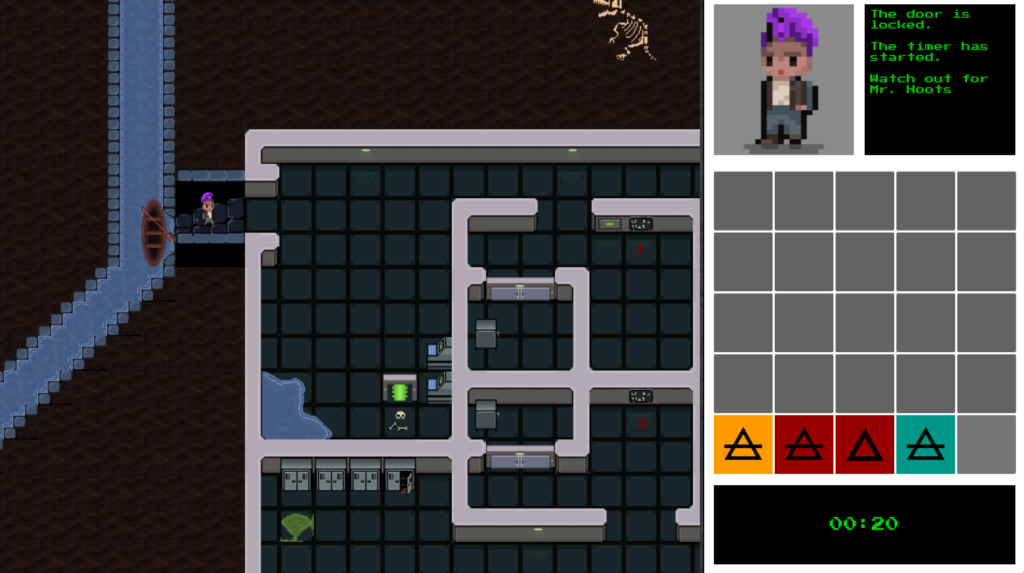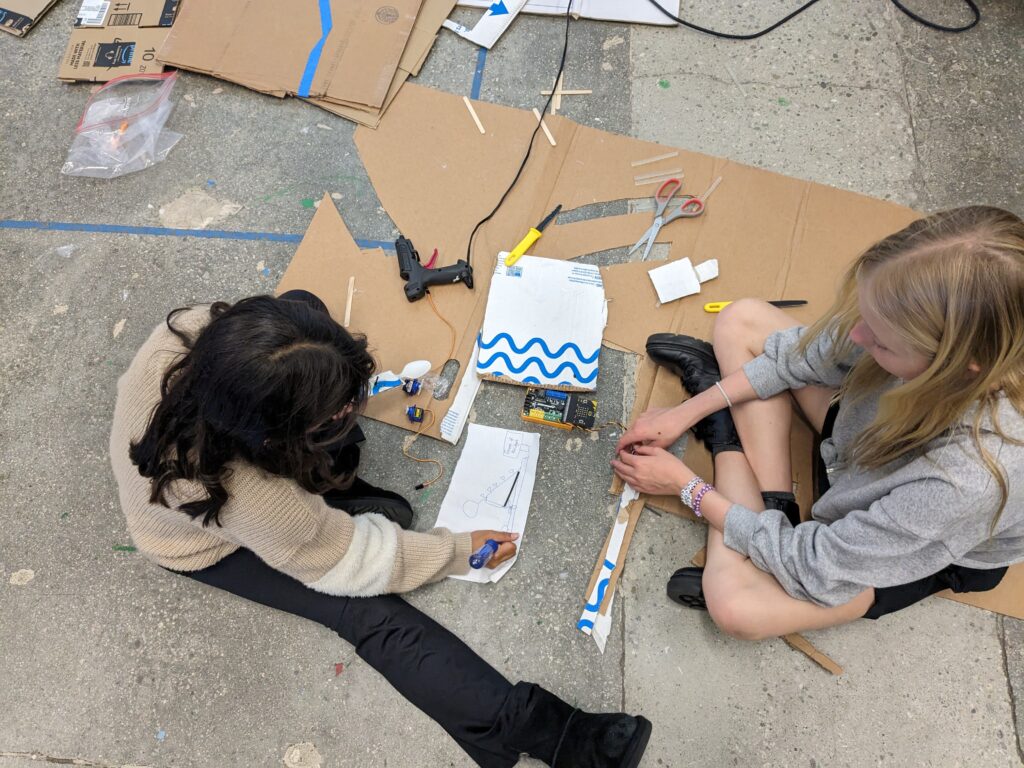I have been working as a technologist and teacher in independent schools for twelve years. I respected teachers before I started working in education but I really respect them now. I teach a maximum of about 3.5 hours per day. Most days are less than that. Teachers who are in the classroom for seven or eight hours per day are heroes. I have no idea how they do it. It reminds me of my previous career as a performing artist. Teachers have to deploy the kind of energy performing artists channel on stage but they do it every day. On a busy day they might teach for seven or eight hours. That’s four times as long long as an average opera or ballet or play lasts. Add to this the fact that teachers do not have a silent audience taking in their performance. Instead, they have a room full of kids who all want not just their attention but their emotional energy, their nurturing, their patience, their understanding, and their love. It’s exhausting.
I have come to understand that teachers would not be able to do what they do if they did not have nearly inexhaustible wells of nurturing energy. And that brings me to the point of this post: teachers do not want and will reject technology that gets between them and their students in any way. I have seen this over and over. It took me a while to figure out the pattern but now I finally understand. Teaching is about forming human connections. That’s how learning happens best. That’s why even the smartest AI system will never take the place of a human teacher.
An example: a few years back I was talked into purchasing a system that would allow multiple students to stand side by side at a touch sensitive display and collaboratively create long, scrolling documents full of links, images, text, and commentary. It sounds like a great idea on the surface. However, in practice nobody ever uses it. Why not? I think it’s because the ‘collaboration’ doesn’t feel real. Students are standing next to each other but they’re not talking to each other. They’re not working things out using spoken words, body dynamics, tone, or expression. The teacher is not able to sit down with the group, read the dynamic, and redirect, enhance, or support it. That’s alien. That’s not how humans are evolved to interact. And it’s certainly not what teachers want. If there is a spectrum of preference and talent for human to human contact, teachers would definitely fall on the leading edge.
What teachers want is to connect with kids. If we can propose technologies that enhance that connection without disrupting it, teachers will be open minded. When we push technologies that threaten that connection, teachers will rightly reject them. I’ve understood this intuitively for a long time. Now, I’m finally able to verbalize it.



